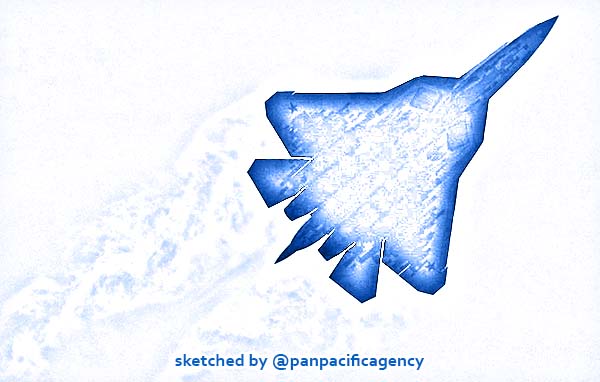Russian aerospace giants discuss unmanned 6th generation fighter jet project

MOSCOW REGION, RUSSIA - AUGUST 31, 2019: A Sukhoi Su-57 fifth-generation jet fighter aircraft in flight during the MAKS 2019 International Aviation and Space Salon, in the town of Zhukovsky. Sergei Bobylev/TASS. Sketched by the Pan Pacific Agency.
MOSCOW, Sep 2, 2020, RT. Russia’s most famous aircraft manufacturers, MiG and Sukhoi, are discussing the possibility of cooperating to develop the country’s sixth-generation jet fighter. The fifth-generation Sukhoi is due to be delivered this year, Russia Today reported.
Anatoly Serdyukov, the industrial director of the Rostec aviation complex, told Moscow business daily RBK that everything is under discussion, refusing to rule out a collaboration of the industry heavyweights.
“Perhaps it will be so, a fighter produced by MiG – Sukhoi,” he said. “But while everything is at the discussion stage, it is too early to talk about the details.”
In 2016, then Deputy Prime Minister Dmitry Rogozin announced that the country had already begun preliminary work on a sixth-generation fighter. At the same time, Vladimir Mikhailov, the director of Military Aviation Programs at Russia’s United Aircraft Corporation, predicted that Russia’s plane would be ready in 2025.
Sixth-generation jet fighters are an upgrade to the current class of aircraft, such as the US Lockheed Martin F-22 Raptor, China’s Chengdu J-20, and Russia’s Sukhoi Su-57. Although the aircraft are still in the concept stage, it is thought that they will have the ability to fly at hypersonic speed and be equipped with directed-energy weapons. They will also be able to enter ‘near space’ and have the capability to fly without a pilot.
In Britain, aircraft manufacturer BAE Systems hopes the country’s sixth-generation jet fighter will be complete by 2035. Developed in collaboration with Sweden and Italy, the plane known as the ‘Tempest’ will be able to fly unmanned have the ability to control drones.